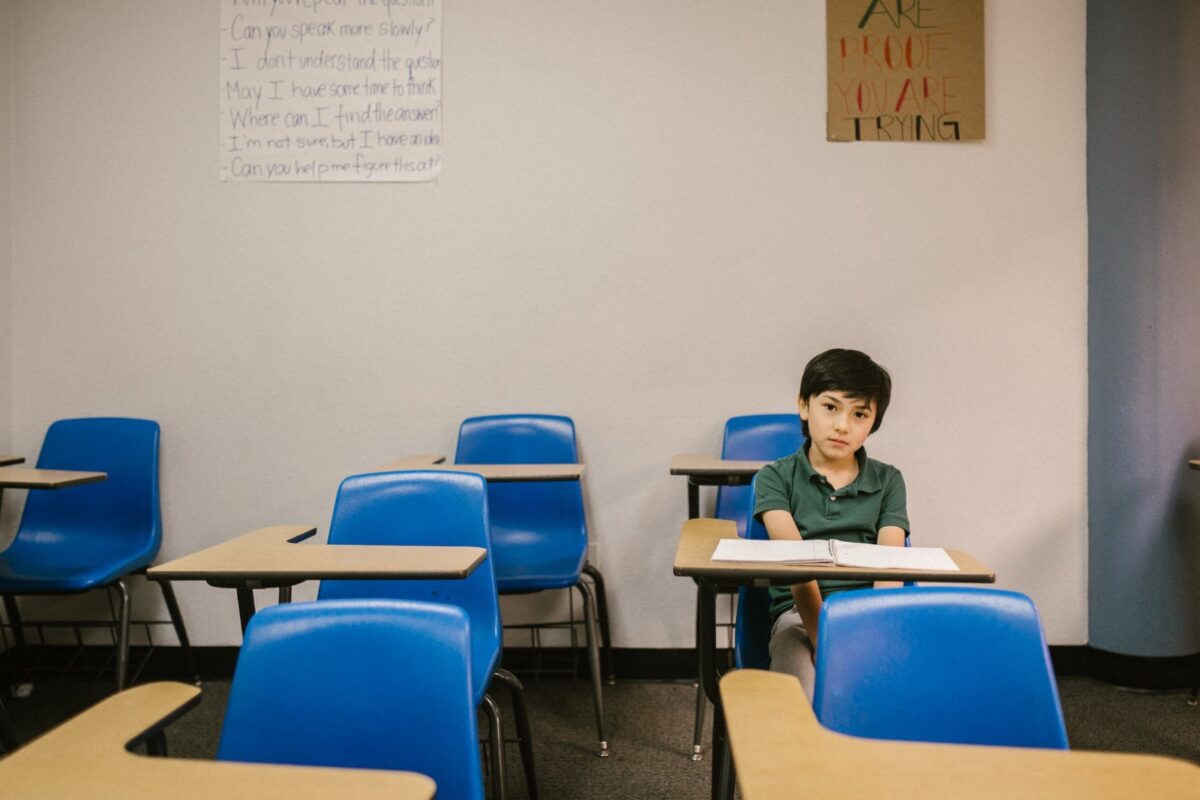No products in the cart.
Categories
Empowering Parents: Strategies to Nurture Children’s Emotions and Strengthen Bonds
- Post author By Katherine Sellery
- Post date October 29, 2023
-653e62e853ce7-1200x800.jpeg)
Hello, Conscious Parent! Welcome to “Dear Katherine,” a Q&A with real-life parents/caregivers. If you’d like to submit a question of your own, email me at katherine@consciousparentingrevolution.com.
Dear Katherine,
My 10-year-old daughter and I recently had a bit of an altercation. It all started when my two daughters got into an argument over a dress. The younger one really wanted to borrow it, and their disagreement spilled over into my work-from-home space. To be completely honest, I was swamped with looming deadlines and was just about to hop on an important call. In the midst of this chaos, I made a quick decision and told my older daughter to let her younger sister borrow the dress.
In response, my older daughter burst into tears and yelled at me, insisting that I didn’t take her feelings seriously.
Needless to say, I’m utterly devastated. As a parent, I never want my kids to feel dismissed or unheard. So, I turn to you, Dear Katherine, seeking guidance on how to navigate this challenging situation.
— A Parent Trying to Balance Serious Responsibilities
Dear Very Serious (But Very Busy) Parent,
I can certainly empathize with your predicament. As a working mom myself, I’ve experienced the constant juggling act of balancing work commitments with the needs of my children. I understand what it’s like to feel stressed and overwhelmed, struggling to find that precious undivided attention for our kids.
I want you to know that it’s clear you didn’t intend to come off as dismissive. Your immediate reaction, filled with regret and sorrow, reflects your sincere commitment as a parent who deeply cares about doing right by your children.

It’s essential to recognize that parents, just like anyone else, are imperfect individuals navigating an imperfect world. However, despite life’s imperfections, it remains our fundamental duty to create a nurturing and secure environment where our children feel truly seen, heard, and supported. Read my five key practices that can help your child:
- What You Can Do to Help Your Child Feel Supported: Begin by apologizing to your child. Even if you didn’t mean to hurt their feelings, express your regret that they were hurt. Encourage them to share what made them feel disregarded and reaffirm your love and commitment to taking their feelings seriously.
- Positive attention and your child: When your child seeks your attention, pause and observe your response. Avoid distractions like tapping your foot or looking at your phone. Offer a minute or two of undivided attention, and if you can’t provide it immediately, schedule dedicated “Mommy and Me” time later in the day.
- Ways to Make Each of Your Children Feel Seen: Rather than rushing to find solutions, validate your child’s emotions. Ask them if they’re feeling sad and if they’d like to talk about it. Teach them the importance of acknowledging and understanding their feelings as messengers of their needs.
- Heard, and Supported: While recognizing emotions is crucial, it’s equally important to guide your child in managing their feelings. Help them understand that negative emotions don’t justify negative behavior. Encourage them to find constructive ways to cope with their emotions.
It’s important to remember that parenting is a journey filled with its share of challenges and imperfections. As caregivers, we often find ourselves straddling the demands of our daily lives while striving to provide the love and support our children need. The situation you described, like many others, was undoubtedly a moment of stress and chaos.
However, it’s through such moments that we have the opportunity to strengthen the bonds with our children. By acknowledging their emotions, offering genuine apologies, and making intentional efforts to provide undivided attention, we can create an environment where our children feel valued, heard, and supported. This is the essence of conscious parenting—a journey where we continuously learn and grow alongside our children, nurturing not only their emotions but also the profound connections that make our families strong. Keep these practices in your heart, and you’ll find yourself on a path of fostering deep understanding and resilience within your family.
Love and Blessings,
Katherine





 Gain insights from top experts in personal development.
Gain insights from top experts in personal development. Engage in live Q&A sessions for personalized guidance.
Engage in live Q&A sessions for personalized guidance. Access valuable resources and session recordings.
Access valuable resources and session recordings. Connect with like-minded individuals.
Connect with like-minded individuals. Enjoy exclusive giveaways to support your journey.
Enjoy exclusive giveaways to support your journey. Dive into curated content on personal, professional, and global transformation.
Dive into curated content on personal, professional, and global transformation. Date: Friday, October 13, 2023
Date: Friday, October 13, 2023 Time: 9:00 AM – 5:00 PM Pacific Time/ 12:00 PM – 8:00 PM Eastern Time (please check your local time)
Time: 9:00 AM – 5:00 PM Pacific Time/ 12:00 PM – 8:00 PM Eastern Time (please check your local time) Location: Online via ZOOM
Location: Online via ZOOM












